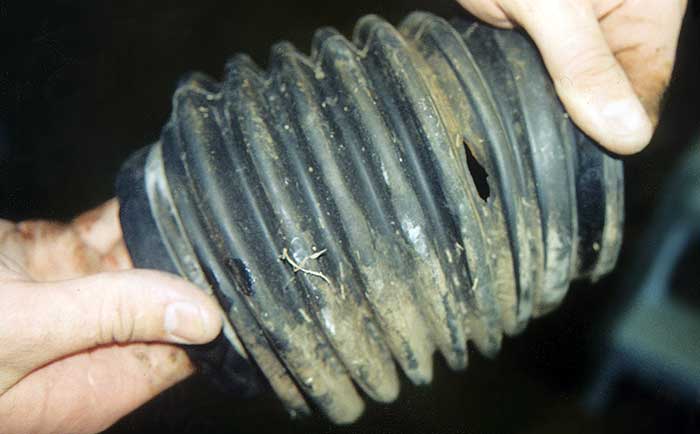Advertisement
Spring commissioning is the time to ready your boat for the season — and do some chores you might not have gotten around to when you winterized.

Photo: Sea Ray
Last winter was likely a flurry of activity as you put your boat to bed, spending hours checking off every conceivable chore to make sure it was ready come spring. Or maybe, like a lot of people, you did just enough to make sure the boat wouldn't be damaged by the cold but left a few things for spring.
If so, you're in the right place. Our BoatUS Marine Insurance claims files are full of what can happen when boaters, anxious for the first outing of the year, forget to do some of the things they didn't have time for last winter. Here are the things you'll want to make sure you check before launching this spring.
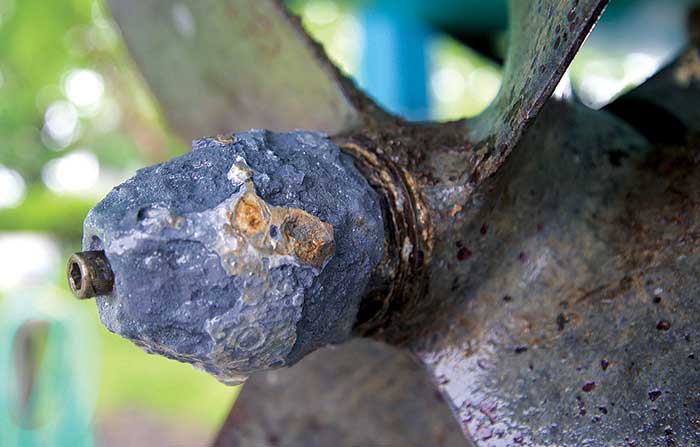
Check for deteriorated anodes. They disintegrate over time and give a good indication of what would happen to vital underwater machinery if the anodes weren't there. If they're about half gone, replace them. Note: If the anode has vanished or has been reduced to powder, check the other metal underwater surfaces to ensure they didn't also suffer from galvanic corrosion. For outboards and sterndrives, if you buy the set, you'll know exactly how many need to be replaced; some of them can be hard to see. Anodes that disappear in less than a season may indicate a problem with the boat's electrical system. Look first for chafed DC wires or battery cables, which also can cause a fire. Keep in mind that corrosion is not usually covered by insurance.
Watch Video: Replace Sterndrive Anodes
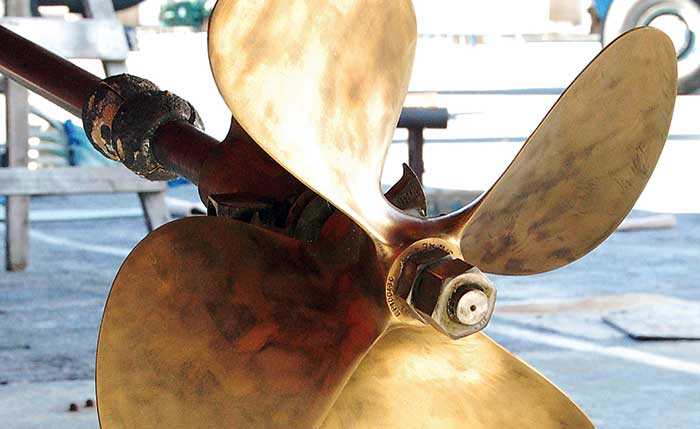
Inspect props. Look for dings, pitting, and distortion that can create excessive vibration and can loosen everything from screws and bulkheads to dental fillings and can damage the transmission. Make sure cotter pins are secure. Our claims files have several (sheepish) instances of on-water towing because props fell off. Bent props, incidentally, can usually be made like new by a prop shop. Check the cutless bearing on inboard-powered boats by gripping the shaft and trying to move it from side to side within the bearing. Looseness indicates the bearing probably needs to be replaced.
Watch Video: How to Replace a Propeller
Inspect the hull for blisters and stress cracks. Blisters are easier to see just after haul out, but any you see now should be dried, sanded, and filled. Large blisters may require professional attention. Stress cracks mean something is flexing and cracking the gelcoat. Those problems may need to be addressed by a marine surveyor or repairer.
Outboards, Inboard And Sterndrives

Check lower-unit lube. Hopefully you drained and filled the lower unit lube last winter, but if not, check the lube level and condition. Milk-chocolate-looking oil indicates a bad seal that allowed water in, and if it's not replaced, your lower unit can be destroyed.
Watch Video: Change the Oil in Your Lower Unit
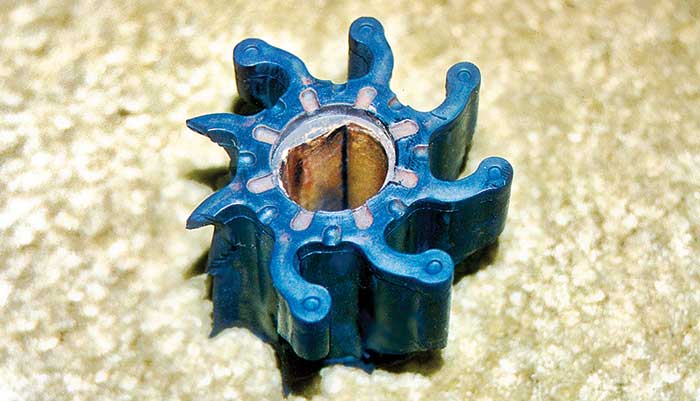
Replace the water pump impeller. After a couple of years, these are living on borrowed time, and when they fail, your engine will overheat, and your first spring outing might be a short one.
Check belts for tension and wear. Loose belts squeal and won't last long; worn ones can leave you stranded.
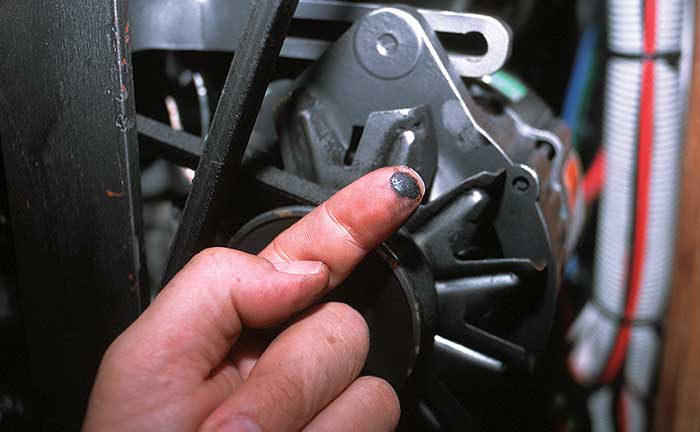
Check steering and power-trim oil levels. Low levels can cause reduced performance and damage the pumps.
Watch Video: Inspect Steering System
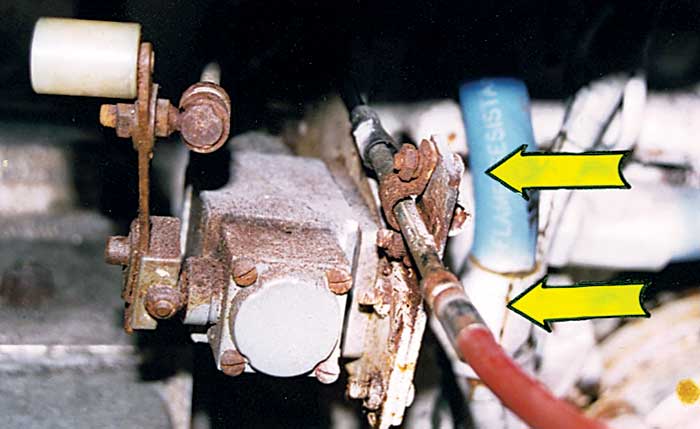
Inspect the outer jackets of control cables and linkages. Cracks or swelling indicate corrosion and mean the cable must be replaced. Otherwise it could fail and you can lose control of your boat. Don't try to remedy the problem by squirting lubricant into the cracks or wrapping duct tape around the outer jacket; most lubricants are incompatible with what the manufacturers used and will only make things worse.
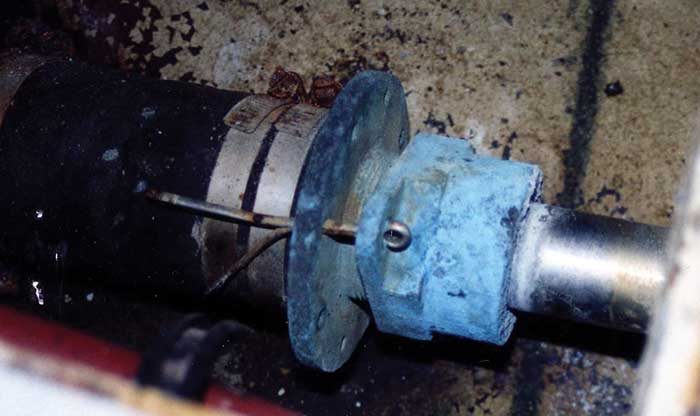
Inspect stuffing boxes. Check the engine shaft and rudder stuffing boxes for steady leaks and looseness. Prop-shaft stuffing boxes shouldn't leak at all at rest. (Our claims-file analysis showed that leaking stuffing boxes are responsible for a significant number of sinkings.) If leaking can't be stopped by tightening the nut, repack the packing or gland. Caution: Overtightening the nut may prevent leaking underway, but it will burn out the packing material and may damage the shaft.
Watch Video: How to Replace a Stuffing Box
